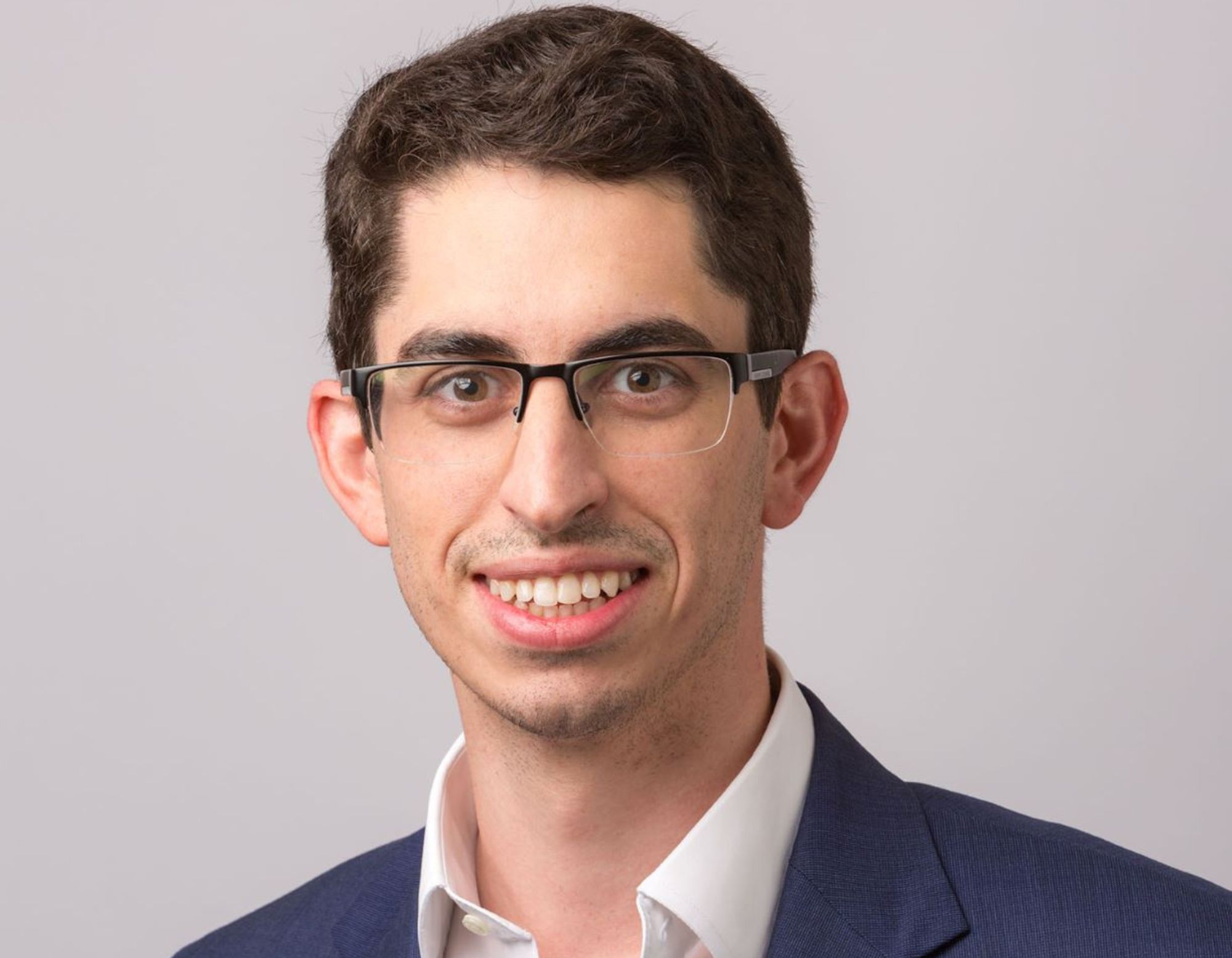Education and equity are key in maintaining the Miami tech movement’s momentum, explains Moas
By Riley Kaminer
Few people have had as front-row of a seat to the growth of Miami’s tech ecosystem than Cuban-American, native-Miamian Raul Moas. As a Senior Director at national nonprofit the Knight Foundation, Moas leads initiatives to build a more dynamic community of entrepreneurs and startups in Miami. In this role, Moas has been particularly focused on building Miami’s pipeline of talent, as local demand for tech jobs soars.
Moas’s work as a scout for global investor Lightspeed Venture Partners also gives him a unique perspective on the solutions Miami’s top innovators have to offer. So did his previous role as managing director of investor syndicate Miami Angels.
We sat down with Moas to discuss the state of the Miami tech movement, where our ecosystem is heading, and the Knight Foundation’s role in this growth.
This interview has been condensed and edited for clarity.
What role has the Knight Foundation played in the Miami tech boom?
The Knight Foundation has been investing in Miami tech for a decade now, to the tune of about $65 million. The tactics we have used have evolved as the market has matured. For instance, at the very beginning, we invested in the LAB Miami – a coworking space critical to giving entrepreneurs a sense of forward momentum in their work.
More recently, we started to take a look at the trend of rapid growth in enrollment in computer science programs in universities. This is impressive, considering that overall enrollment in college programs across the US is flat or trending down. And it shows that an increasing number of Miamians are looking for ways to get into tech, and we wanted to support them.
In early 2021, we made a $15 million investment toward tech talent development, including $10 million to the FIU School of Computing and Information Sciences. Earlier this year, we announced a $7 million investment in Miami Dade College’s School of Engineering and Technology as part of a $15 million package in partnership with the County, the City of Miami, and the DDA.
[To learn more, read the Knight Foundation’s report: Miami’s Tech Entrepreneurship Ecosystem, 2012-2022]
How can we ensure that Miami’s tech growth remains equitable?
We need to double down on accessible, cost effective, and impactful pathways into education and skills gaining programs. That could be for traditional universities. Or that could mean stacking certifications. Even alternative pathways like bootcamps are an important part of the mix. But I don’t think it’s binary – it’s not one of the other.
At American colleges, we’re seeing a reinvestment in and a reimagination of what is really important and what this system should look like. Miami’s universities have always provided an unparalleled opportunity for socioeconomic mobility. And now they’re investing in building up capacity and expertise in a different sector: in tech and related fields.
In what ways does Miami represent the future of the American city?
From a demographic perspective, Miami is the future. Cities in the US will increasingly become more racially and ethnically diverse. American cities will also face other issues that Miami is currently dealing with, such as transit and the effects of a changing climate.
Miami has an amazing potential to be known as a solution center. It can be a place where we help develop the way American cities incorporate new trends and technologies, the way American cities respond structurally to an increasingly volatile and changing world.
Raul Moas
I think if you believe that the future of the global and American economies are increasingly digital, then that implies that you believe in fostering the talent we need to fuel that growth – which can provide economic opportunities to residents as well. Miami is leaning really heavily into building the capacity of its institutions to meet community demand for careers in tech and to meet company private sector demand for skilled talent. This can be a model for other cities to follow in the future.
As Miami’s tech ecosystem grows, is it important to develop particular verticals?
It could be the case that we eventually specialize and grow areas of excellence. But they have to be authentic to what is here, and who is here.
For example, I could see Miami become a leader in applied climate science. That would build on our strengths, like the University of Miami’s Rosenstiel School of Marine and Atmospheric Science. I also see exciting innovations in both B2C and B2B SaaS. There is growth and promise in a bunch of different spaces – all of which are interesting and make sense in their own way.
Universities and cities are not built in years. They’re built over many, many decades. That’s how you achieve excellence. That requires taking a very long view. I think the same thing for tech ecosystems. They are built over many years. And it’ll take time for Miami to define what’s right for us, and what we feel is best.
What advice would you give to tech people considering moving to Miami?
Come on down, the water is great!
If you’re looking to be in a city that is open, that in many ways is permissionless – for better or for worse – and a place that celebrates creation, that celebrates making and building new ideas, then you’ve come to the right place.
If you’re looking for a vibrant, global, multiracial, multicultural, multiethnic city, you’ve come to the right place.

READ MORE IN REFRESH MIAMI:
- Boca Raton Innovation Strategist Maria Hernandez: Collaboration is key to retain and attract more companies, investors, and talent to South Florida
- With Knight Foundation investment, ISeeChange will continue bringing Miamians together to combat climate change
- JPMorgan Chase, Knight Foundation, Miami Foundation and aire ventures launch $100M Tech Equity Miami funding consortium
- Miami Dade College to expand emerging tech programs, open a Center for AI and expand ‘AI for All’ with new $15M investment
- To grow Miami’s tech talent, Knight invests $15.3M in FIU, UM, Baptist
- Miami’s ecosystem regains its runner-up global ranking in Startup Genome report. Here are the top findings.
- DigiBuild sets sight on global expansion, growth of construction procurement platform - April 24, 2024
- The hottest technology in Miami? Exowatt raises $20M, launches renewable energy solution - April 22, 2024
- This Earth Day, let’s shine a spotlight onSouth Florida innovators building a greener world - April 22, 2024





